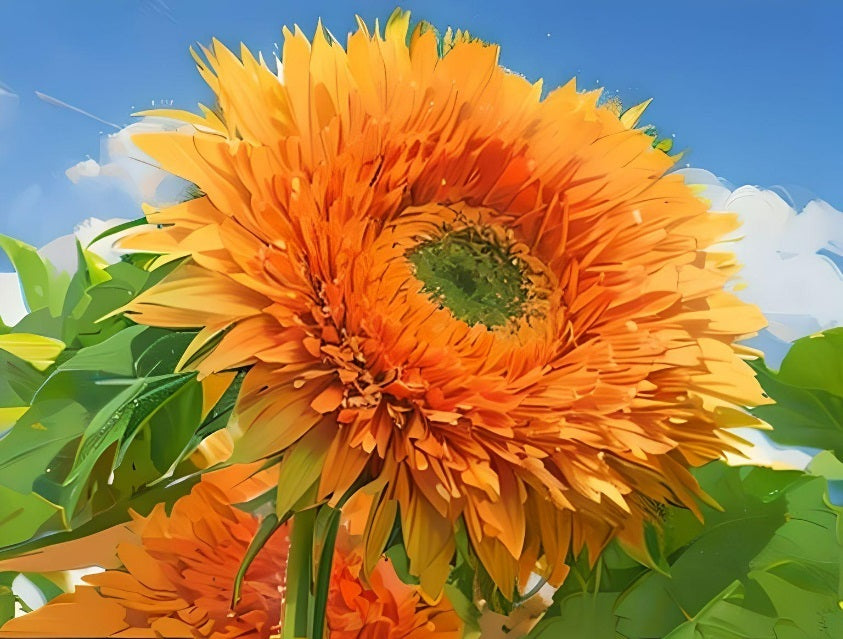The Bamboo Seed
Teddy Bear Sunflower Seeds
Teddy Bear Sunflower Seeds
Couldn't load pickup availability
Teddy Bear Helianthus annuus Seed
- Qty 100 Teddy Sunflower seeds
- Helianthus annuus seeds
- USDA zones 3-9
- Annual flower seeds
- Sunflower seeds
- Cold hardy plants
Teddy Bear Sunflower Seeds for Sale
The Teddy Bear sunflower produces large, fully double, fluffy, and golden-yellow flowers with dark centers, resembling a teddy bear's face. These sunflowers bloom from mid-summer to early fall and are highly attractive to pollinators like bees and butterflies. The Teddy Bear sunflower is easy to grow from seed and prefers full sun and well-draining soil. It is also known for its long-lasting cut flowers, making it a popular choice for floral arrangements. Overall, the characteristics of the Teddy Bear sunflower, including its compact size, unique appearance, and attractiveness to pollinators, make it a valuable addition to the garden and landscape.
Growing Sunflowers from Helianthus annuus Seed
Giant Teddy Bear sunflower seeds are popular with gardeners for several reasons. Firstly, they produce a show-stopping plant that can grow up to 5 feet tall, making them a striking focal point in any garden. They are also easy to grow from seed, requiring only full sun and well-draining soil. Secondly, sunflower seeds for planting produce large, bright yellow flowers that are attractive to pollinators like bees and butterflies, adding color and life to the garden. Additionally, they are highly productive plants, producing numerous seeds that can be harvested and eaten or saved for planting the following year.
Helianthus annuus seeds are also valued for producing plants with long-lasting cut flowers, making them a popular choice for floral arrangements. Overall, the combination of their impressive size, attractive flowers, and ease of cultivation makes Teddy sunflowers a highly desirable plant for gardeners.
Benefits of Sunflower Seeds
Planting sunflower seeds offers a multitude of benefits for gardeners and the environment alike. Sunflowers are well-known for their vibrant, large flowers that come in a variety of colors, including yellow, red, and orange, and their seeds are a rich source of nutrients for birds and other wildlife. They are also highly attractive to pollinators like bees and butterflies, contributing to a healthy and vibrant garden ecosystem. Additionally, sunflowers are easy to grow from seed and require minimal maintenance, making them an ideal choice for beginner gardeners or those with limited time for gardening.
Moreover, sunflowers have deep, extensive roots that help to break up compacted soil and improve drainage, making them a valuable addition to any garden. Finally, sunflowers are also valued for their long-lasting cut flowers, making them a popular choice for floral arrangements. Overall, the benefits of planting sunflower seeds, including their attractive appearance, pollinator-friendly nature, and ease of cultivation, make them a versatile and valuable addition to any garden.
Germinate and Plant Teddy Bear Sunflower Seeds
Germinating and planting sunflower seeds is a simple and rewarding process. Follow these steps to get started:
Choose Sunflower Seeds: Select the sunflower seeds you would like to grow. There are many different varieties available, including giant Helianthus annus sunflowers, dwarf sunflowers, and multi-colored varieties.
Preparation: Sunflower seeds have a tough outer shell that can make germination difficult. To help the seeds germinate more easily, you can soak them in water for 24 hours before planting. Alternatively, you can gently rub the seeds with sandpaper or nick them with a knife to scarify the outer shell.
Planting: Sunflower seeds can be sown directly into the garden soil or started indoors in seed trays. If starting indoors, sow the seeds in a well-draining potting mix and keep them moist until they germinate, which usually takes about 7-14 days. Once the seedlings have developed a few sets of true leaves, they can be transplanted outdoors to their permanent location.
Spacing: When planting sunflower seeds, space them about 6 inches apart in rows that are 18-24 inches apart. This will give the sunflowers enough room to grow to their full size.
Watering: Water the seeds gently but thoroughly after planting to ensure the soil is evenly moist. Avoid overwatering, as this can cause the seeds to rot.
Germination: Sunflower seeds typically germinate in 7-14 days, although it may take longer in cooler temperatures. Keep the soil evenly moist during the germination period, and provide some shade if the weather is hot.
Transplanting: If starting sunflower seeds indoors, transplant the seedlings outdoors once they have developed several sets of true leaves and the danger of frost has passed. Harden off the seedlings by gradually exposing them to outdoor conditions over a period of 7-10 days before planting them in their permanent location.
Care: Sunflowers are a low-maintenance plant that requires minimal care once established. Water the plants during dry spells, but otherwise, they should not need much additional watering. Sunflowers are not usually bothered by pests or diseases, but keep an eye out for signs of damage and treat as needed.
Propagation: Sunflowers can be propagated by division in early spring or by collecting and sowing seeds in late summer to early fall.
Harvesting Seeds: Allow some of the sunflower heads to mature and dry on the plant. Once the heads have turned brown and the seeds are fully developed, cut them off and shake them over a container to release the seeds. Store the seeds in a cool, dry place until you are ready to sow them.
By following these steps, you can successfully germinate and plant sunflower seeds to enjoy their vibrant flowers and nutritious seeds in your garden.
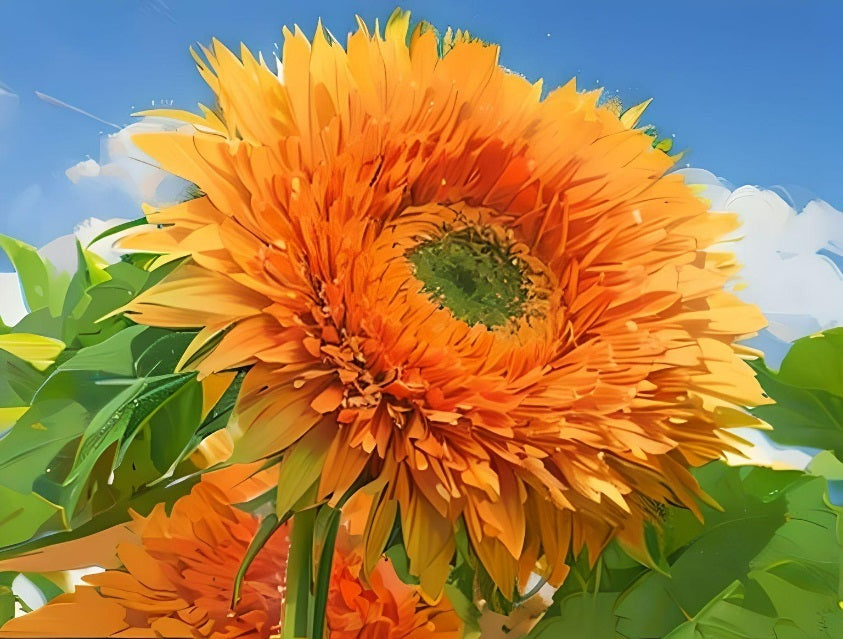
Collections
-
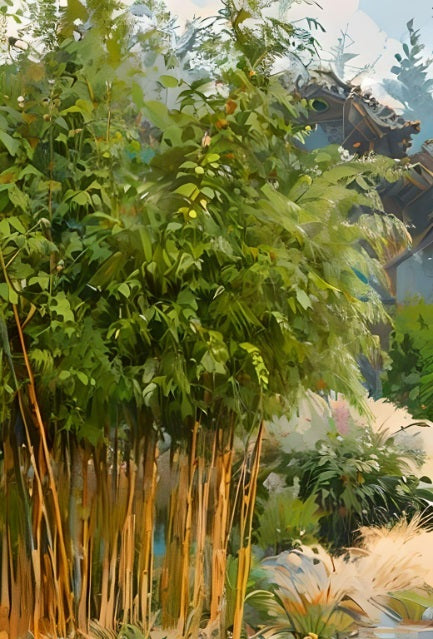
All Bamboo Seeds for Sale
Welcome to our catalog of bamboo plant seeds for sale including clumping...
-
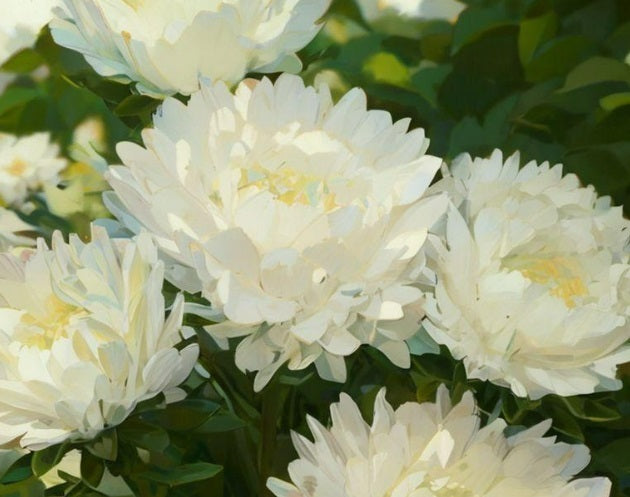
All Flower Seeds
All of our 2025 flower seeds are sold out. Please check back...
-
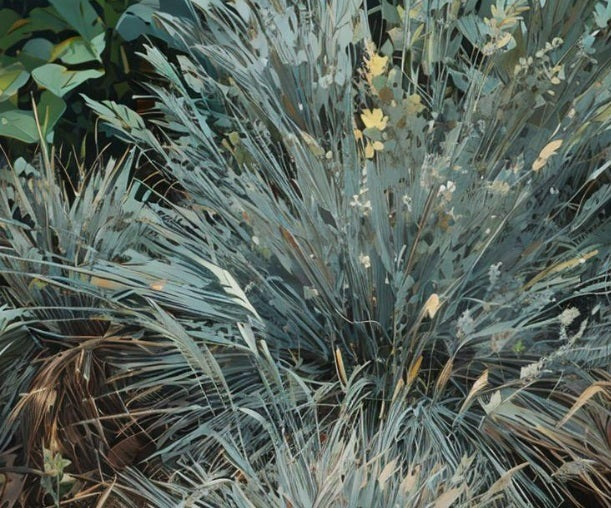
All Ornamental Grass Seeds
Grass has finally come into its own as a garden landscape centerpiece....
-
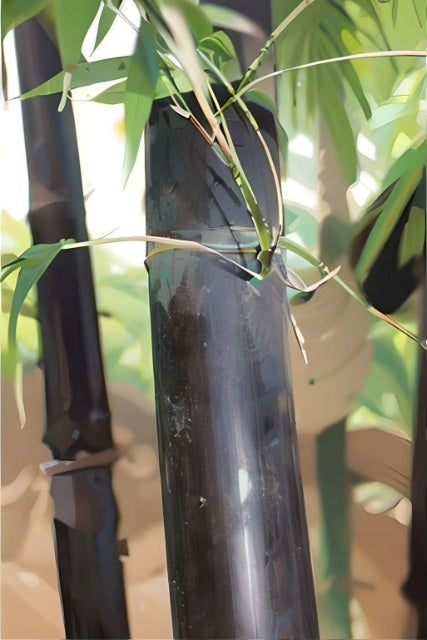
Black Bamboo Seeds
Consider Black Bamboo seeds for eye-catching bamboo varieties with lustrous black, dark...
-
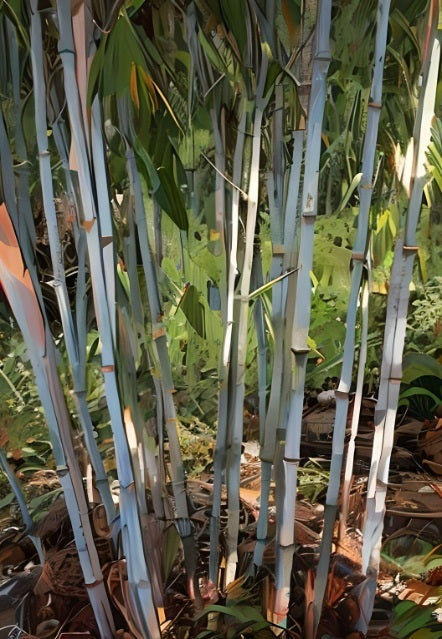
Clumping Bamboo Seeds
Clumping bamboo species grow in dense clumps or clusters that are naturally...
-
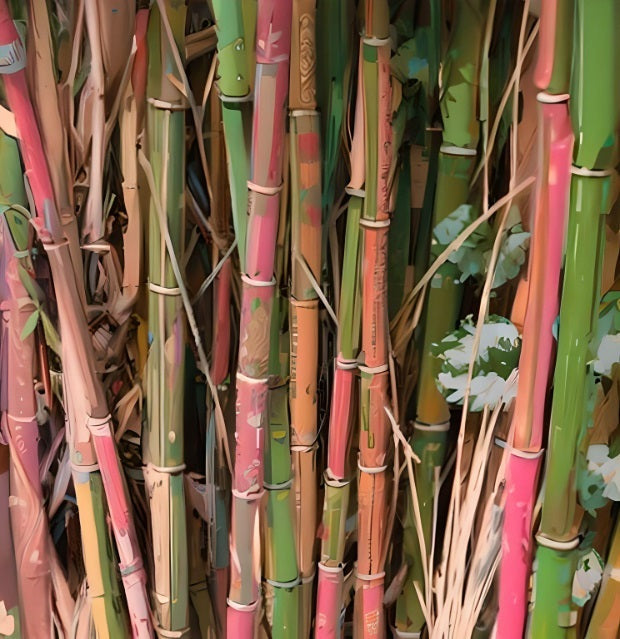
Cold Hardy Bamboo Seeds
A selection of cold resistant bamboo seeds for hardy bamboo able to...
-
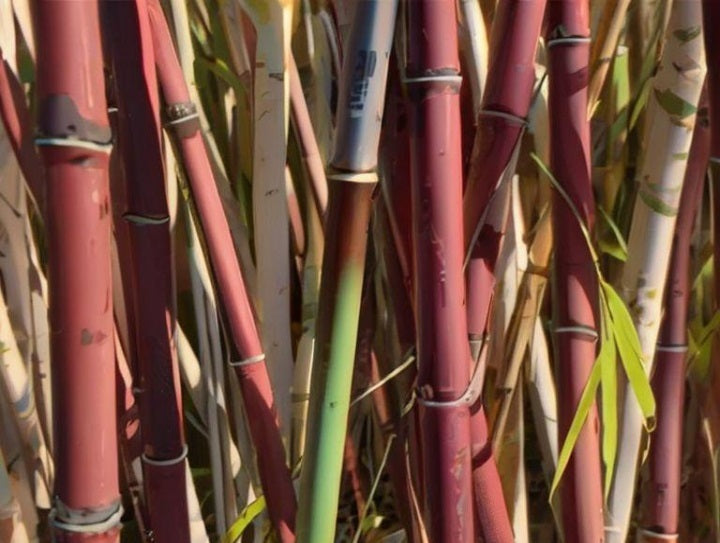
Fargesia Bamboo Seeds - Clumping and Cold Hardy
Buy bamboo seeds for beautiful cold hardy and clumping Fargesia bamboo. Our...
-
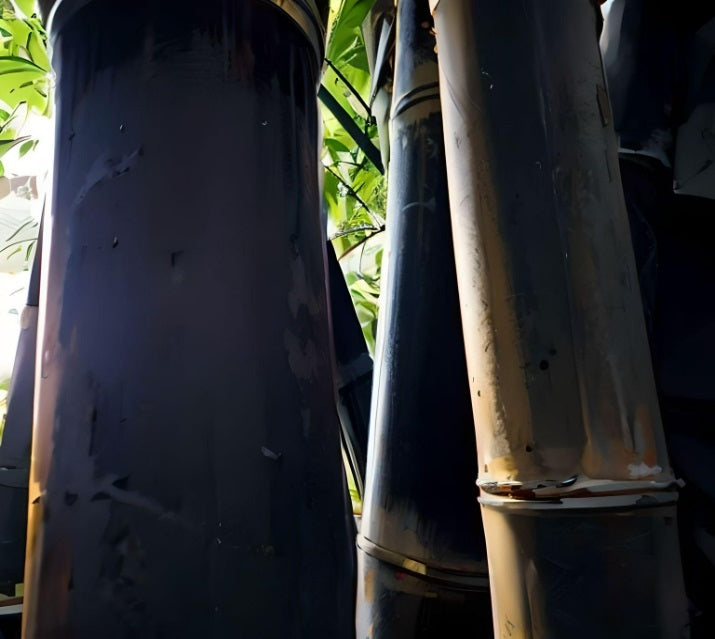
Giant Bamboo Seeds
When you're looking for impressive size with ample shade below, consider fastest...
-
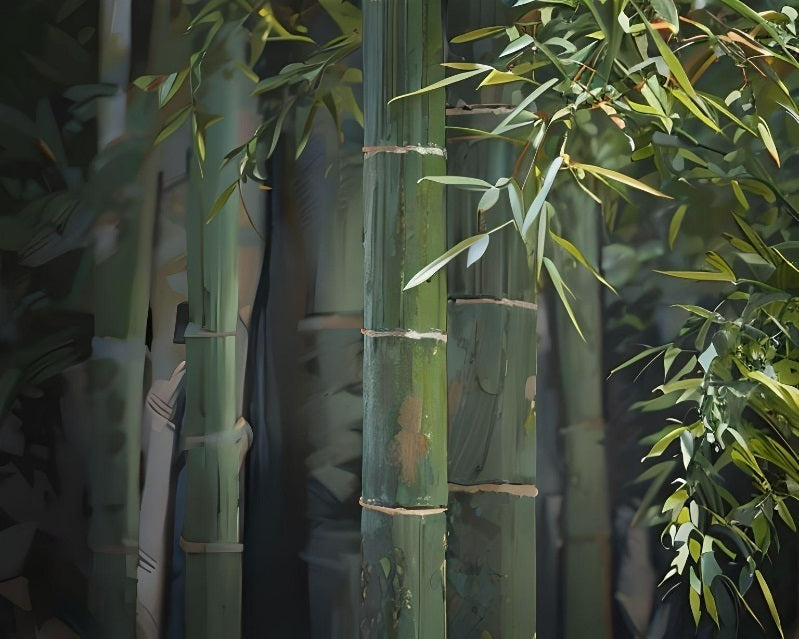
Running Bamboo Seeds
Running bamboo spreads through underground runners, known as rhizomes. These rhizomes can...
-
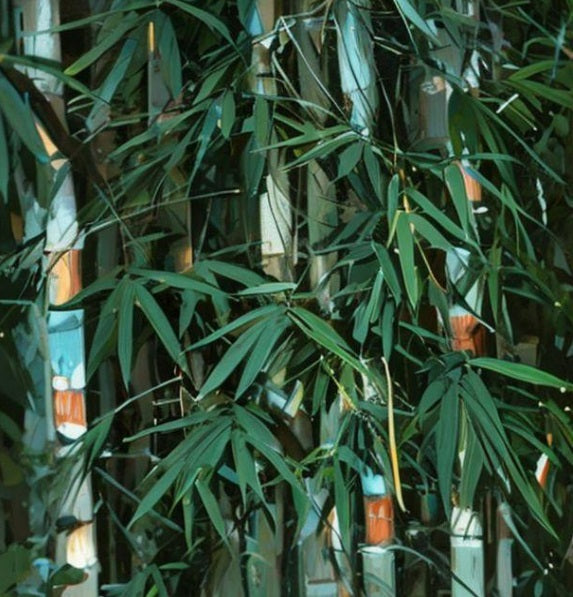
Tropical Bamboo Seeds
Our curated selection of tropical bamboo seeds best suited for planting in...

